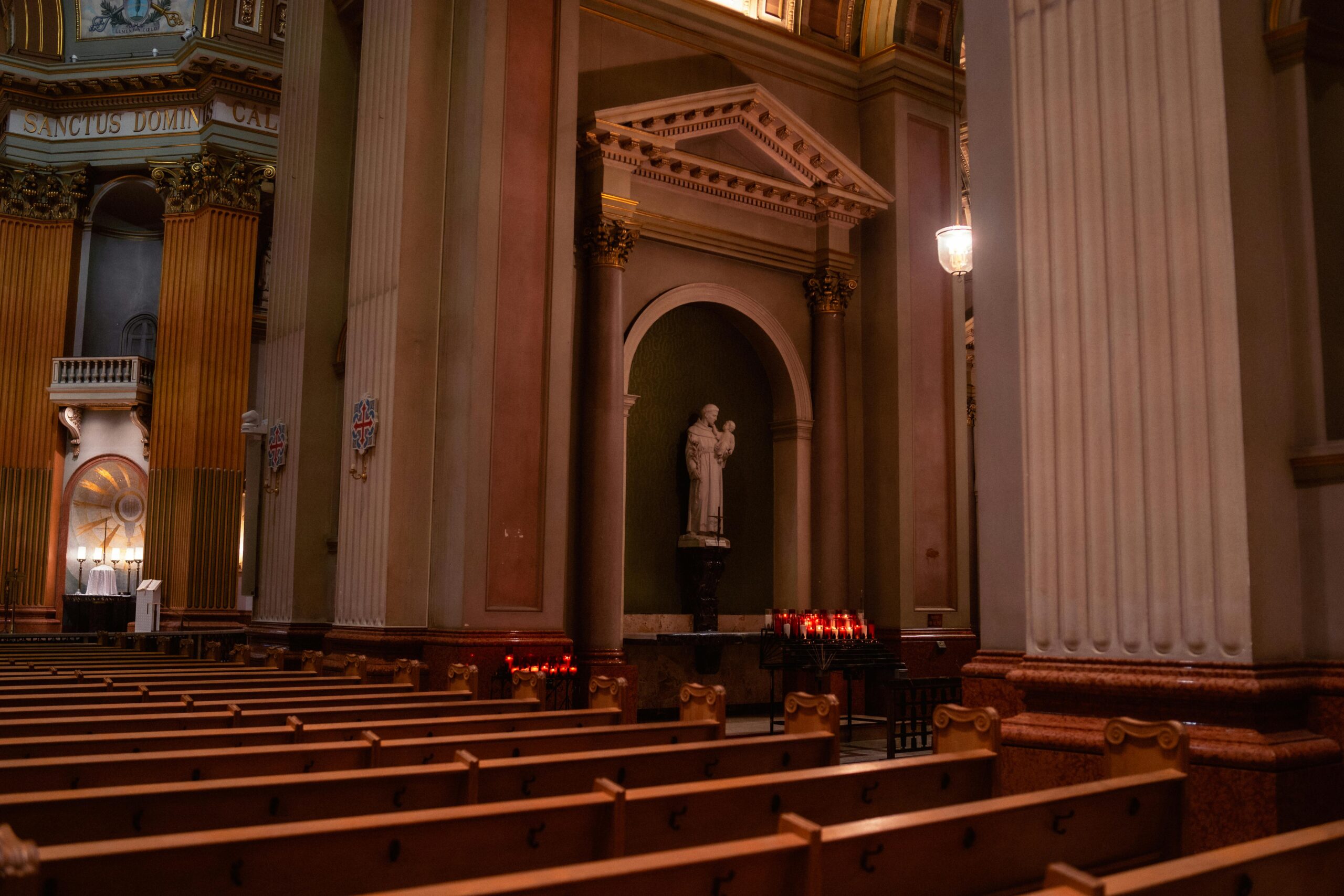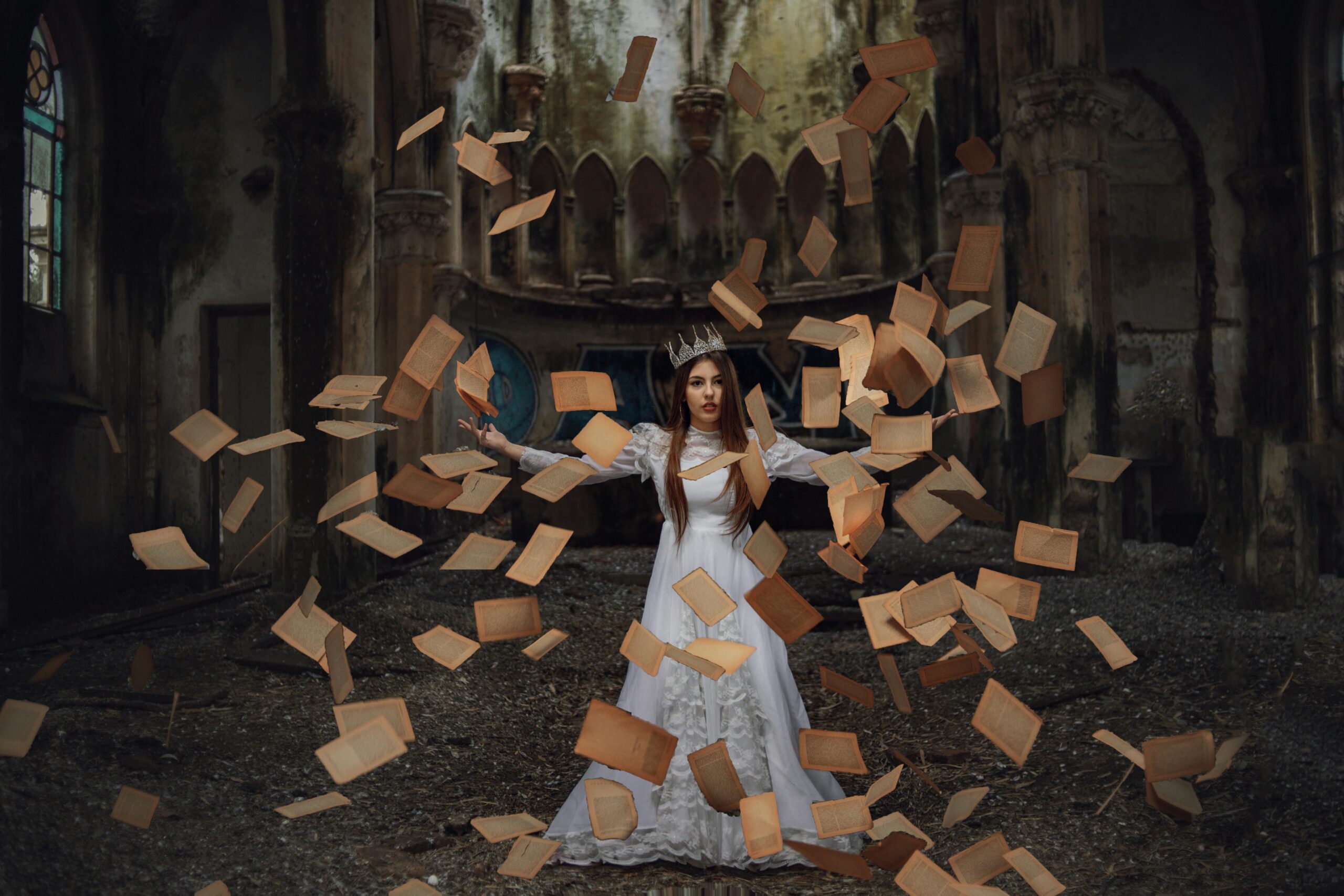The Importance of Dialogue Structure in Classic Scripts
Dialogue is the lifeblood of any script. In traditional cinema and theater, nicely-dependent speak wasn’t pretty much changing lines—it emerge as a car for revealing person, advancing plot, and evoking emotion. The shape of dialogue in traditional scripts often reflected a deep knowledge of rhythm, timing, and dramatic anxiety, placing the usual for generations of screenwriters and playwrights.
In this newsletter, we explore why speak shape mattered so deeply in traditional scripts, the way it inspired target market engagement, and what modern writers can look at from the masters of the past.
Why Dialogue Structure Matters
In storytelling, communicate is not sincerely communicate. It’s crafted speech with cause. In conventional scripts—from the performs of Tennessee Williams to the movies of Billy Wilder—talk observed a cautiously taken into consideration rhythm. Every line became planned, with shape serving 3 key purposes:
Character Development
Dialogue well-knownshows who the characters are—their values, conflicts, goals, and fears. In classics, even a short alternate might probable say volumes. For instance, in Casablanca, Rick’s clipped, sarcastic responses early inside the film show his guarded detachment, lengthy in advance than we recognise his complete backstory.
Plot Progression
Structured speak ensures that conversations push the narrative ahead. There’s a cause scenes sense “tight” in traditional works: the writers ensured every beat of dialogue each brought a brand new hassle, discovered a twist, or prepared the target market for what became to return.
Emotional Resonance
The pacing, pauses, and subtext in communicate invite audiences to revel in as well as apprehend. A dependent decrease back-and-forth—wherein one person dodges, some different insists—creates emotional motion. Think of the terse exchanges in A Streetcar Named Desire, which pulse with repressed passion and tension.
Techniques Used in Classic Dialogue Structure
Writers of traditional scripts frequently used remarkable structural strategies to hold their talk sharp and impactful. These strategies are worth reading:
1. Set-Up and Payoff
Writers brought an idea early in a conversation, then paid it off later—once in a while minutes or acts later. This structure created narrative pleasure. In 12 Angry Men, small conversational elements early on—like juror #eight citing inconsistencies—construct and repay within the climax.
2. Question-and-Answer Rhythm
Classic scripts often used a natural Q&A rhythm to build tension or inject humor. One man or woman asks, the opposite deflects. It mirrors actual-lifestyles conversations but is heightened for drama.
Example:
“You ever been in love?”
“What’s that were given to do with the case?”
This kind of dialogue is dependent to reveal not just content material material however individual motivation and tone.
In The Apartment, Billy Wilder’s characters often cover heartache with wit. That structural preference keeps the tone slight whilst deepening emotional weight.
3. Repetition and Callback
Smart scripts use repeated terms to focus on subject matters or character arcs. The repetition is dependent to create echoes throughout the story. When a phrase returns with a brand new that means later, it deepens the emotional impact.
Case Studies in Classic Dialogue Structure
Let’s look at some examples where form advanced the script:
1. Casablanca (1942)
The line “Here’s looking at you, kid,” is repeated at key emotional moments, every time gaining more significance. The communicate’s shape mirrors Rick’s emotional arc—from detached cynic to selfless romantic.
*2. A Streetcar Named Desire (1947)
Tennessee Williams layered Blanche’s strains with fable and denial, contrasting Stanley’s blunt realism. The shape of their exchanges mirrors the tale’s descent into madness and violence.
What Modern Writers Can Learn
Although storytelling styles have evolved, the ideas of structured dialogue continue to be undying. Modern writers—whether running on screenplays, degree plays, or maybe video video games—can studies plenty from the classics:
Every line must serve a reason. If it doesn’t show man or woman or support the plot, reduce it.
Structure your scenes like musical compositions. Think approximately pace, pause, buildup, and payoff.
Use speak to show alternate. A man or woman’s voice ought to evolve inside the course of the tale.
Let silence talk. Structured talk includes the strategic use of what’s not said.
1. What Is Dialogue Structure?
Dialogue structure refers to how conversations are formed, paced, and organized in a script. It consists of:
The go with the flow and rhythm of exchanges between characters
The emotional arc inside a scene
The strategic placement of silences, interruptions, or callbacks
The layering of subtext, repetition, and pacing
Unlike actual-existence conversations, which might be frequently scattered or aimless, based communicate is intentional. It’s trimmed of fluff and charged with meaning—even if what’s stated appears informal on the floor.
2. The Role of Dialogue in Classic Screenwriting
In conventional screenwriting, speak frequently served three essential roles:
Reveal person motivation
Advance the plot certainly
Deliver exposition without being apparent
In scripts like Double Indemnity or His Girl Friday, you’ll note how each conversation deepens the stakes or reveals a brand new component of a character. Dialogue suggests, no longer tells—but it still gets essential data across to the viewer.
Three. Key Dialogue Structuring Techniques in Classic Scripts
Let’s explore the handiest dialogue structuring tools utilized in golden-era cinema and timeless level plays:
A. Set-Up and Payoff
Set-up and payoff are the backbone of memorable scenes. Classic scripts introduce talk factors early (a word, query, or topic), most effective to pay them off later with new emotional or plot importance.
Example:
In Casablanca, “Here’s looking at you, child” evolves from a flirty comment to a heartbreaking farewell.
B. Tension Through Opposition
Many first rate scenes are based round conflict— characters with opposing goals or views. Their speak is built like a verbal chess match.
Example:
In 12 Angry Men, Juror #eight demanding situations the alternative jurors one at a time, the usage of good judgment and quiet endurance. The structure mirrors a court argument—calculated and purposeful.
C. Silence and Pauses
Not all communicate is spoken. In scripts through Harold Pinter or Arthur Miller, silence performs a critical role. Pauses heighten tension, display hesitation, or force the audience to lean in.
Example:
In Death of a Salesman, lengthy pauses in Willy Loman’s speech carry his slow intellectual breakdown far greater powerfully than exposition ever may want to.
D. Callbacks and Echoes
Repeating specific traces or themes across a script creates a sense of brotherly love and emotional layering.
Example:
In The Godfather (heavily stimulated by means of traditional shape), “I’m gonna make him an offer he can’t refuse” takes on one-of-a-kind meanings relying on who says it and while.
Dialogue as Character Blueprint
Classic writers understood that communicate famous character better than description ever may want to. Every word a character says need to reflect:
Their character (bold, cautious, sarcastic)
Their emotional country (irritated, worried, manipulative)
Their intentions (to persuade, deflect, mislead)
For example, Nora Charles in The Thin Man makes use of wit and sarcasm as armor—her communicate is crisp, layered with humor, however continually alert.
The Rhythm of Realism
Ironically, the most realistic talk often isn’t always one hundred% herbal. Real conversations meander; true communicate simulates actual speech even as last purposeful.
Classic writers executed this with:
Interruption and overlap (His Girl Friday)
Contrasting sentence lengths
Rhythmic variant, making scenes sense alive
It’s the illusion of real speech—artfully arranged for maximum impact.
Subtext: Saying More by using Saying Less
In many traditional scripts, the best lines are the ones that don’t say exactly what the man or woman method. This is known as subtext, and it’s the cornerstone of emotionally rich talk.
Example:
In A Streetcar Named Desire, Blanche often uses poetic, flowery language to avoid confronting her trauma. Her avoidance says extra than direct confession ever may want to.
Dialogue in Stage Plays vs. Film
While both mediums demand strong communicate structure, they differ slightly in feature:
Stage speak is extra theatrical and frequently contains the whole weight of storytelling (due to restrained visuals).
Film communicate is greater subdued but have to integrate with visuals, pacing, and editing.
Classic screenwriters with theater backgrounds (like Tennessee Williams or Paddy Chayefsky) introduced a heightened experience of shape to cinematic talk, which made their scripts feel literary, yet on hand.
How Structure Creates Memorability
Why do lines from classic scripts stick with us decades later? Because the structure round them changed into crafted to:
Build anxiety before the road
Emphasize it with rhythm and pause
Leave area after, so it lingers
Think of:
“Frankly, my expensive, I don’t give a damn.” (Gone with the Wind)
“Fasten your seatbelts. It’s going to be a bumpy night.” (All About Eve)
Each turned into brought at a moment of structural height—making the line undying.
Common Pitfalls Modern Writers Should Avoid
Overwriting: Classic speak was regularly snappy and lean. Modern scripts every so often confuse intensity with duration.
Exposition dumps: Today’s writers have to discover ways to embed exposition into herbal communique.
Forcing wit: The charm of classic speak become in its effortlessness. Let characters talk of their voice, no longer the writer’s ego.
Learning from the Greats
Writers who need to grasp dialogue shape need to read and study conventional scripts. Recommended beginning points:
Sunset Boulevard – Billy Wilder & Charles Brackett
The Philadelphia Story – Donald Ogden Stewart
The Apartment – Billy Wilder & I.A.L. Diamond
A Raisin in the Sun – Lorraine Hansberry
Observe how those scripts stability humor and pathos, silence and speech, anxiety and remedy.
Final Thoughts
The importance of debate shape in traditional scripts can’t be overstated. These were works in which each word counted, every line had a cause, and every pause carried which means that. Whether written with the resource of Wilder, Williams, or Wilder, these scripts undergo due to the fact their speak feels alive, natural, yet heightened for drama.
For modern screenwriters, revisiting the structural beauty of conventional speak isn’t simply an workout in nostalgia—it’s a masterclass in how to tell memories that stick.
So the following time you are looking a traditional movie or analyzing a celebrated play, listen carefully to the rhythm, the form, and the diffused dance of discussion. You might probable absolutely discover the foundation you want for your very own masterpiece.





